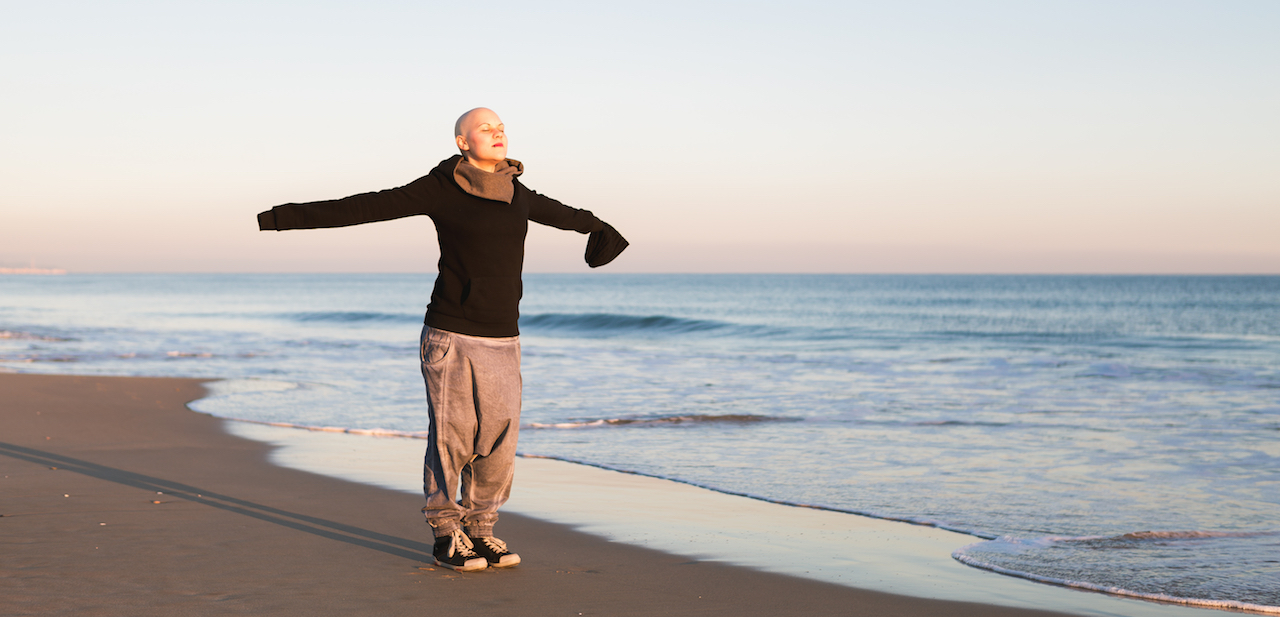The word “cancer” can strike immediate fear into anyone’s heart. This disease, responsible for millions of deaths is frightening and deserves its big bad reputation. A new report by the Macmillan Cancer Support Organization in the UK reveals that it’s now more common for a person to be diagnosed with cancer than to get married, have a first child or earn a university degree.
Sounds dire, but the purpose of the study by the charity Life with Cancer, was to demystify and diminish the fear around cancer.
Lynda Thomas, chief executive of Macmillan Cancer Support, said: “Being told you have cancer changes your life and it can leave people feeling as if they’ve been thrust into the unknown, bewildered and unprepared. But as more people are being diagnosed it’s important that we’re all better informed.”
Decoding cancer
All cancers involve the abnormal division of cells and the ability to form a tumour or spread cancerous cells to other parts of the body. There are more than 100 types of cancer, each with its own causes, symptoms and treatment.
Examples include breast, prostate, liver, lung and stomach cancer. These account for about 80% of all cancers, of which breast cancer, according to the National Cancer Institute in America, is the most common. South African statistics too bear this out.
Breast cancer is uncontrolled growth of cells in the breast. These cells eventually form a tumour that can be felt as a lump or seen under an X-ray.
Look out for: A lump in the breast, unusual change in the breasts, bloody nipple discharge, breast or nipple pain, nipple retraction (turning inward), skin irritation or dimpling, swelling of breast or parts of it.
Prevention: Lifestyle changes can reduce your risk. Keep your weight consistent and stay as fit as possible. Smoking is a no-no so quit immediately. When it comes to alcohol, less is more. What you eat is also important. A study in Japan found that a plant-based diet could cut the risk of developing breast cancer by 15%. Load your plate with plenty of vegetables, eat as little sugar as possible and stay away from processed foods (cold meats, packaged convenience foods).
Lung cancer is an uncontrollable growth of cells in one or both lungs. These cells interrupt the normal function of lungs and can form a tumour. Cancer can begin through alternation of DNA sequence, caused by environmental factors, smoking, and breathing in particles such as asbestos.
Look out for: A persistent cough that may be accompanied by blood or an unusual amount of mucous. Frequent episodes of pneumonia and bronchitis, chest pain, wheezing breathing, a hoarse or raspy voice, headaches and weight loss could be early signs. Smokers are more at risk here.
Prevention: Avoid smoking completely, and secondhand smoke. Stay clear of toxic chemical exposure (radon gas and carcinogens). Exercise regularly to improve lung function. It’s also worth overhauling your diet to include more fruit and vegetables, as these are natural sources of vitamins and nutrients. There’s promising research that suggests that broccoli and brussel sprouts could lower your risk by 40%. Go greens!
Cervical cancer affects the entrance to the uterus. Cancer of the cervix is most often associated with the human papillomavirus (HPV) which is a common sexually transmitted infection.
Look out for: Bleeding between periods, bleeding after sex, discomfort during sex, smelly vaginal discharge and frequent pelvic pain.
Prevention: Always practise safe sex and look into getting the HPV vaccine. If you smoke, quit. Smoking is a big risk factor for cervical cancer. A Pap smear is your early indicator with this type of cancer. It needs to be done every other year (by a doctor or gynaecologist) and it is specifically designed to check for early warning signs of cancer. If caught early, survival rates are good.
Skin cancer occurs very commonly in South Africa, due to our sunny weather conditions. In fact, we have one of the highest rates of skin cancer in the world. And contrary to popular belief, it doesn’t just target the light-skinned (although it’s more common). Ultraviolet (UV) radiation from the sun is the main cause of skin cancer. People who live in areas that get high levels of UV radiation are more likely to get skin cancer.
Look out for: Skin changes that include small, smooth, shiny, pale or waxy lumps; firm red lumps; a sore or lump that bleeds or develops a crust or a scab; a flat red spot that’s rough, dry, or scaly and may become itchy or tender; and rough, scaly red or brown patches.
Prevention: A tiny amount of sun exposure is good to boost your Vitamin D levels, but anything more than 10 minutes of unprotected sun exposure a day is risky. Sunblock is non-negotiable. You need sunblock even when the sun’s not out and a substantial amount to cover all exposed areas.
References
- http://www.medscape.com/viewarticle/882746
- http://www.prevention.com/health/5-most-common-types-of-cancer-in-women/slide/5
- http://www.breastcancer.org/symptoms/understand_bc/symptoms
- http://www.mayoclinic.org/healthy-lifestyle/womens-health/in-depth/breast-cancer-prevention/art-20044676
- https://www.cancer.org/healthy/find-cancer-early/cancer-screening-guidelines/american-cancer-society-guidelines-for-the-early-detection-of-cancer.html
- https://www.cdc.gov/cancer/colorectal/basic_info/screening/index.htm
- https://www.cancer.org/cancer/pancreatic-cancer/about/what-is-pancreatic-cancer.html
- http://citizen.co.za/news/news-national/1367371/new-study-reveals-three-deadliest-cancers-in-south-africa/

